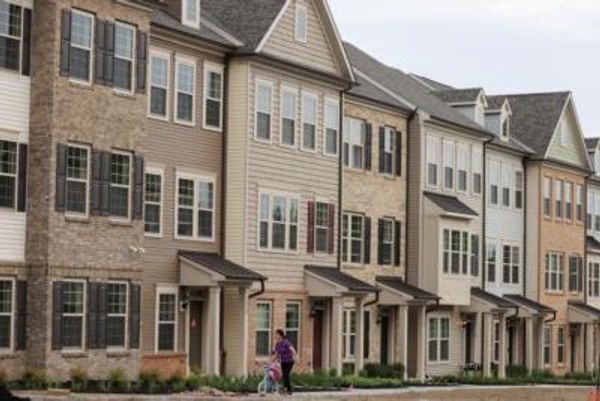
Home prices in the United States continued their upward trend in November, according to the Federal Housing Finance Agency (FHFA). The FHFA's House Price Index recorded a 0.5% increase in November, following a 1.5% jump in October.
The steady rise in home prices reflects the ongoing strength of the American housing market, despite the challenges posed by the COVID-19 pandemic. Low mortgage rates and a shortage of available properties have fueled the demand, resulting in higher prices.
The FHFA's House Price Index tracks changes in home prices across the country, based on sales transactions involving mortgages guaranteed by Fannie Mae and Freddie Mac. It is considered a reliable indicator of the overall health of the housing market.
Regionally, home prices saw the greatest increase in the Mountain Division, which includes states like Colorado, Idaho, and Montana, where prices rose by 1.6%. The East North Central division, comprising states such as Illinois, Indiana, and Michigan, experienced the smallest increase, with prices rising by 0.1%. On a year-over-year basis, home prices increased by 11% nationwide.
While the rise in home prices is positive news for homeowners and sellers, it may present challenges for potential buyers. Affordability has become a major concern, especially for first-time buyers or those with limited budgets. The combination of rising home prices and limited inventory has led to increased competition and bidding wars, making it difficult for some buyers to enter the market.
However, the low mortgage rates, hovering near historic lows, continue to offer some relief for buyers. These low rates enable buyers to secure more affordable monthly payments, even with higher prices. Nonetheless, the imbalance between supply and demand remains a significant factor affecting the housing market.
The ongoing pandemic has also influenced buyer behavior and preferences. With remote work becoming more prevalent, many individuals and families are seeking larger homes with dedicated office spaces or more outdoor areas. This shift in demand has further intensified the competition for homes, especially in suburban and rural areas.
As 2021 unfolds, the housing market's resilience and strength will remain in focus. Economists and experts predict that the housing market will continue to perform well, with home prices expected to rise, albeit at a slightly slower pace compared to 2020. However, there are concerns about potential market corrections if interest rates rise significantly or if the economy faces unexpected setbacks.
Overall, the housing market in the United States has shown remarkable resilience in the face of challenging circumstances. The continued upward trajectory of home prices reflects the underlying strength and stability of the market. However, it is crucial to address the issue of affordability to ensure that the dream of homeownership remains attainable for all potential buyers.










